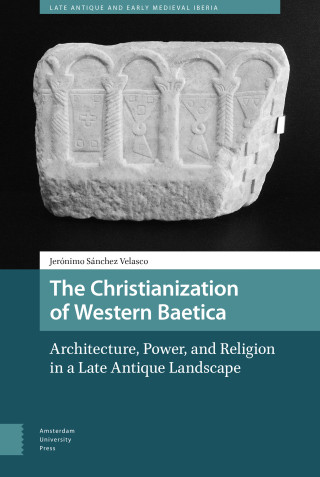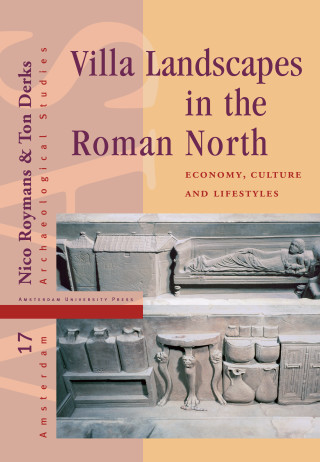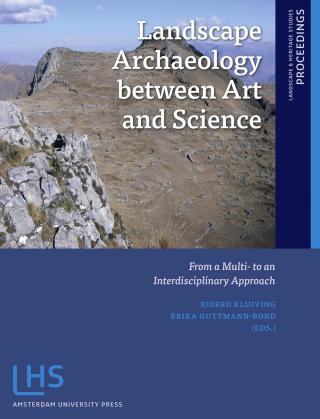The aim of this book is to offer a fresh approach to the history and archaeology of the Cyclades in Late Antiquity and the Byzantine Early Middle Ages in light of current archaeological investigations. It is an attempt to interpret human-environmental interaction in order to “read” the relationship between islands, settlements, landscapes and seascapes in the context of the diverse and highly interactive Mediterranean world. It offers an interdisciplinary approach, which combines archaeological evidence, literary sources, and observations of the sites and microlandscapes as a whole, using the advantages offered by the application of new technologies in archaeological research (Geographic Information Systems). The islands of Paros and Naxos are used as case-studies. The author traces how these neighbouring insular communities reacted under the same general circumstances pertaining in the Aegean and to what extent the landscape played a role in this process.





